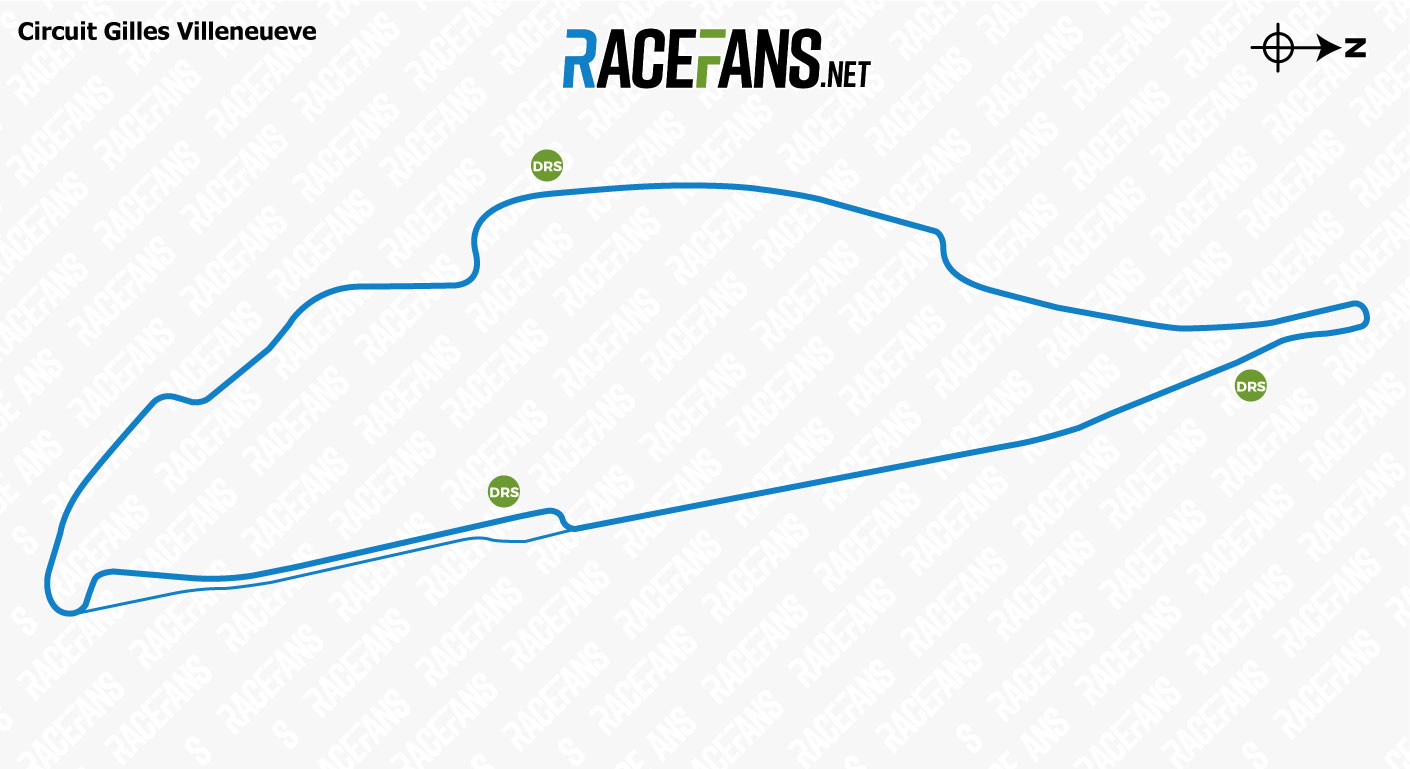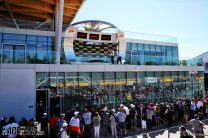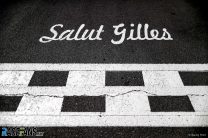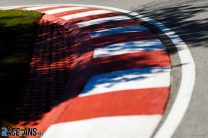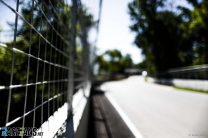The Canadian Grand Prix had previously been held at Mosport Park and Mont Tremblant, but in 1978 a new venue on the Isle Notre Dame in Montreal held the race for the first time.
A circuit was laid out on the Ile Notre Dame, a man-made island which was built to host Expo 1967. The original layout was designed by Roger Peart, the president of the Canadian Automobile Sport Clubs.It held its first round of the world championship in 1978, which was won by home driver Gilles Villeneuve. Four years later, following Villeneuve’s death at the Belgian Grand Prix, the circuit was renamed after him as the Circuit Gilles Villeneuve.
Following a one-year absence from the calendar in 1987 owing to a disagreement with Bernie Ecclestone’s Formula One Constructors’ Association over sponsorship, the championship returned to a revised circuit with a relocated pits complex the following year.
The race also disappeared from the calendar in 2009, but was welcomed back the following year. As well as being a popular venue which seldom fails to attract a large crowd, the tight confines and high-speed nature of the circuit can be relied on to produce exciting races. However the Covid-19 outbreak prevented F1 from racing in Canada again in 2020 and 2021.
| Lap data | |
| Lap length | 4.361km (2.71 miles) |
| Race laps | 70 |
| Race distance | 305.27km (189.686 miles) |
| Pole position | Left-hand side of the track |
| Lap record* | 1’13.622 (Rubens Barrichello, 2004) |
| Fastest lap | 1’10.764 (Sebastian Vettel, 2018, qualifying three) |
| Maximum speed | 315.5kph (196.043 mph) |
| Distance from grid to turn one | 159.154m |
| Car performance | |
| Full throttle | 76% |
| Longest flat-out section | 1190m |
| Downforce level | Medium |
| Gear changes per lap | 52 |
| Fuel use per lap | 1.5kg |
| Time penalty per lap of fuel | 0.03s |
| Strategy | |
| Pit lane time loss | 18.189s |
| Tyres: | Drivers’ tyre selections |
*Fastest lap set during a Grand Prix
Data sources: FIA, Williams, Mercedes




